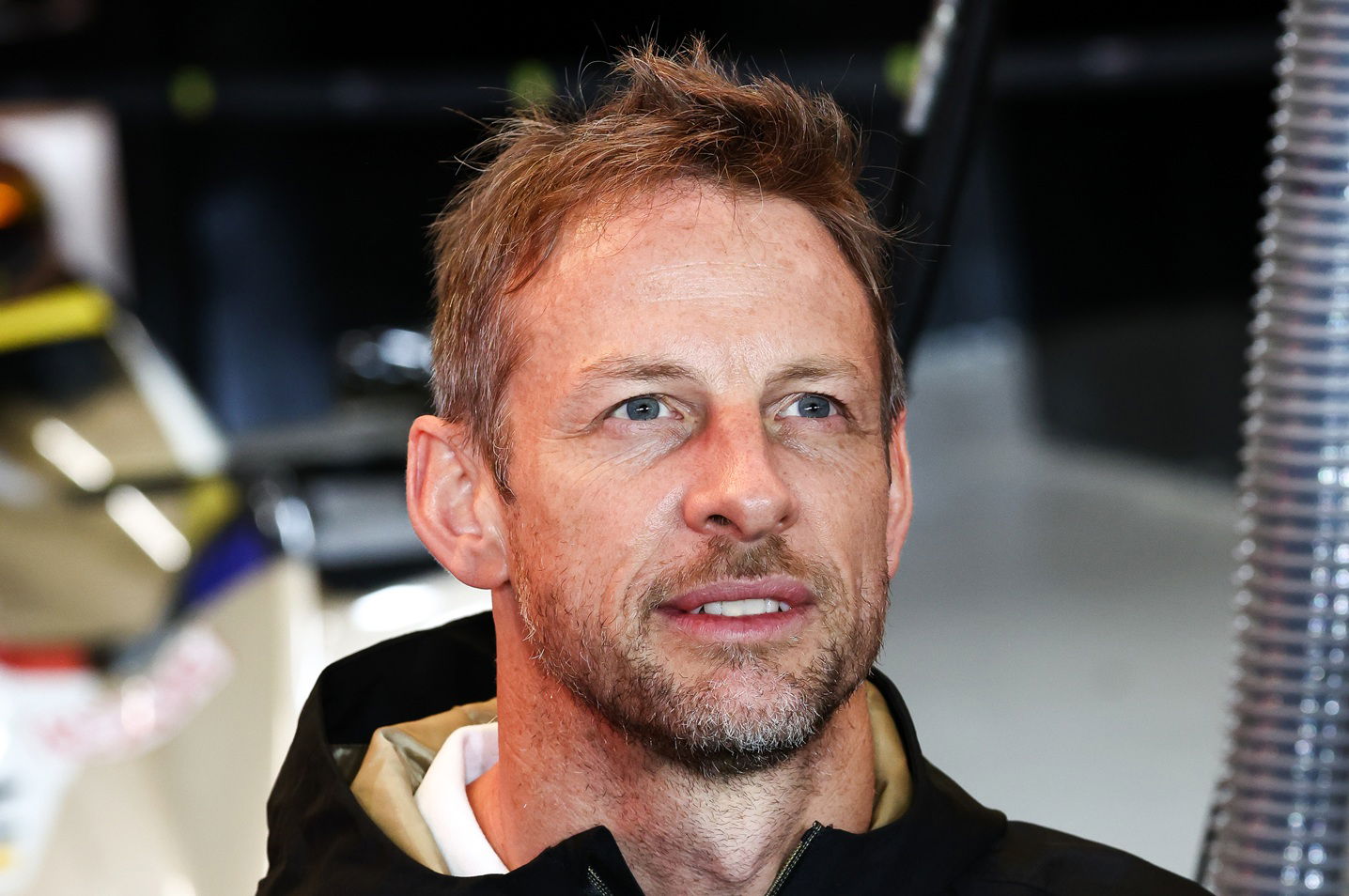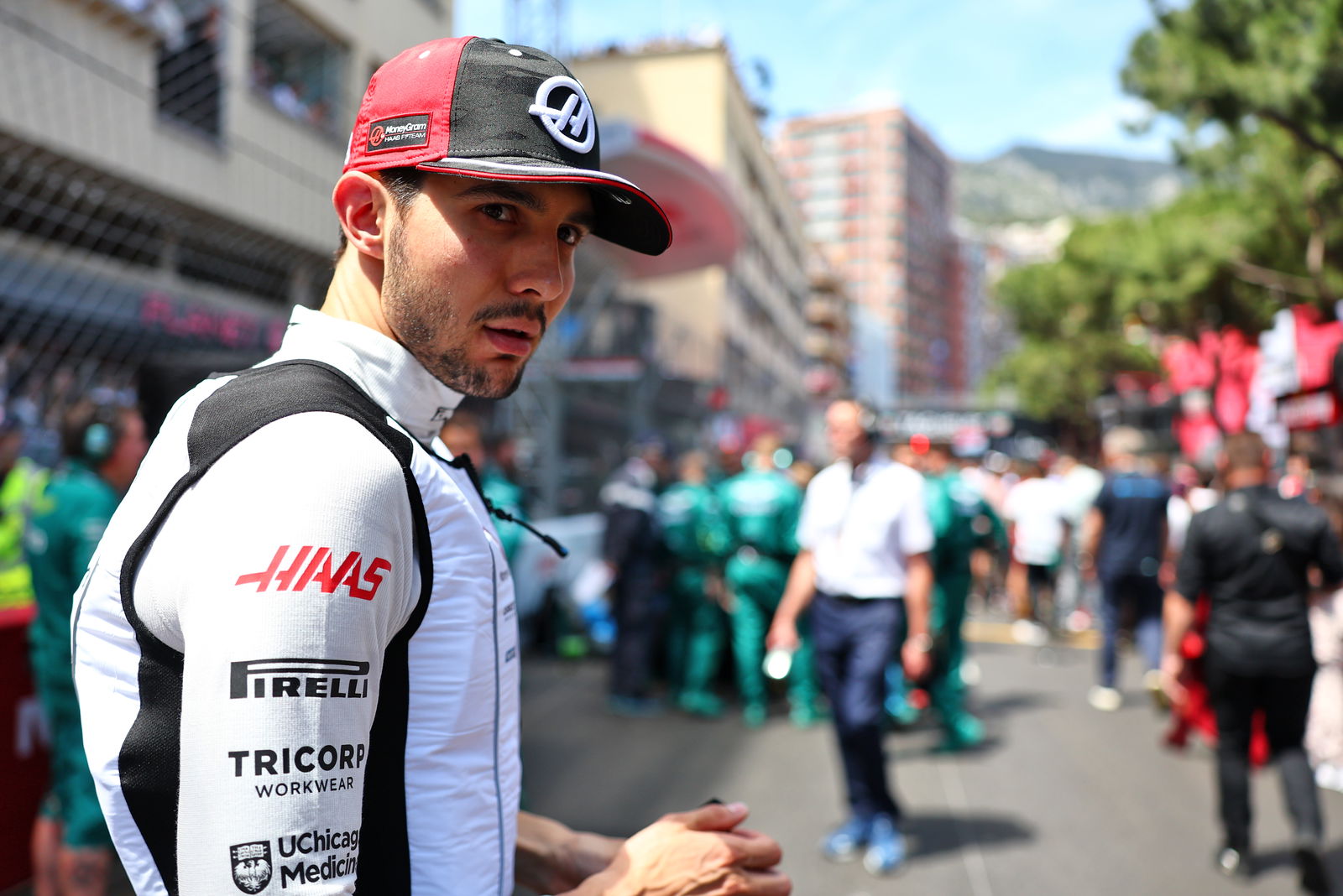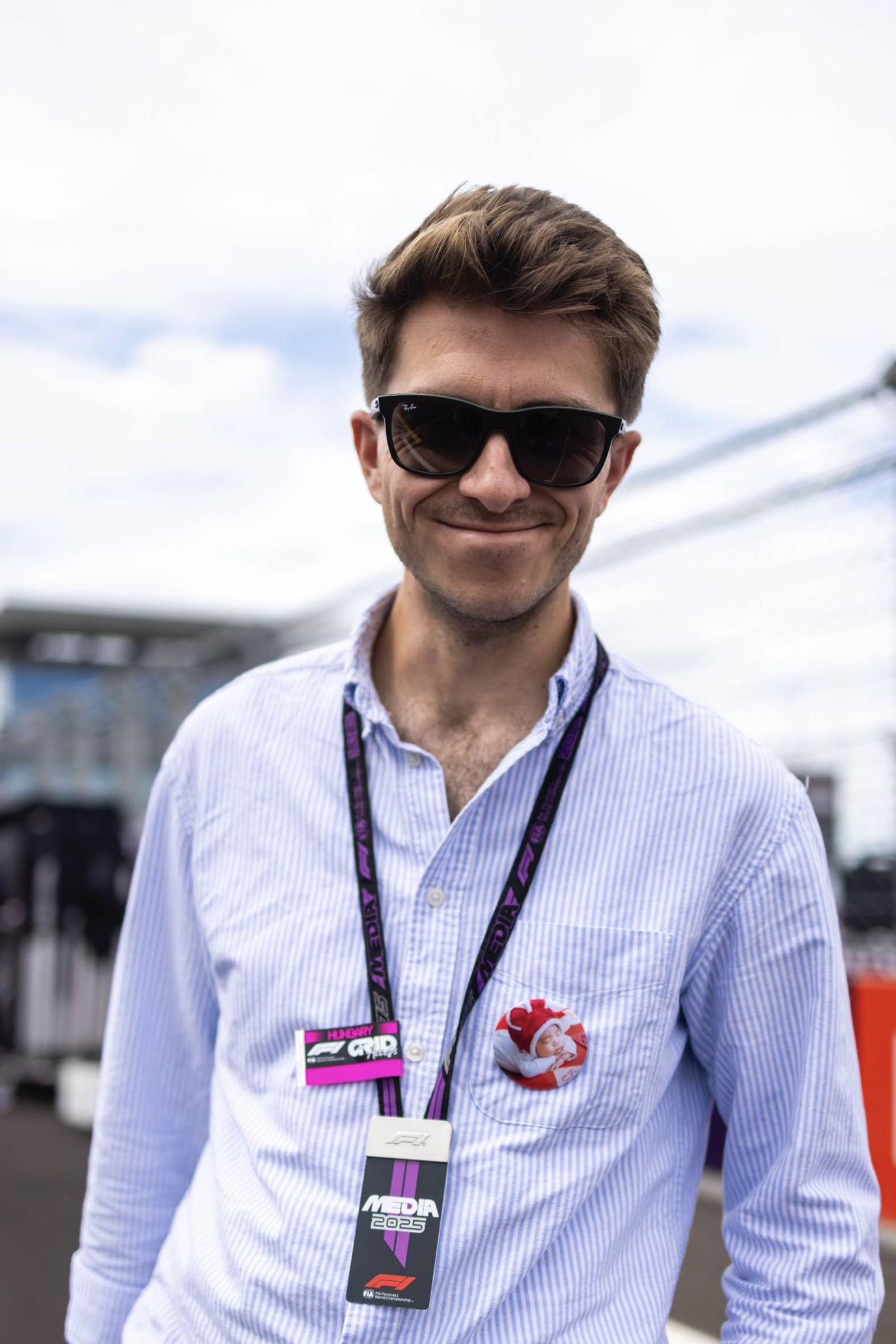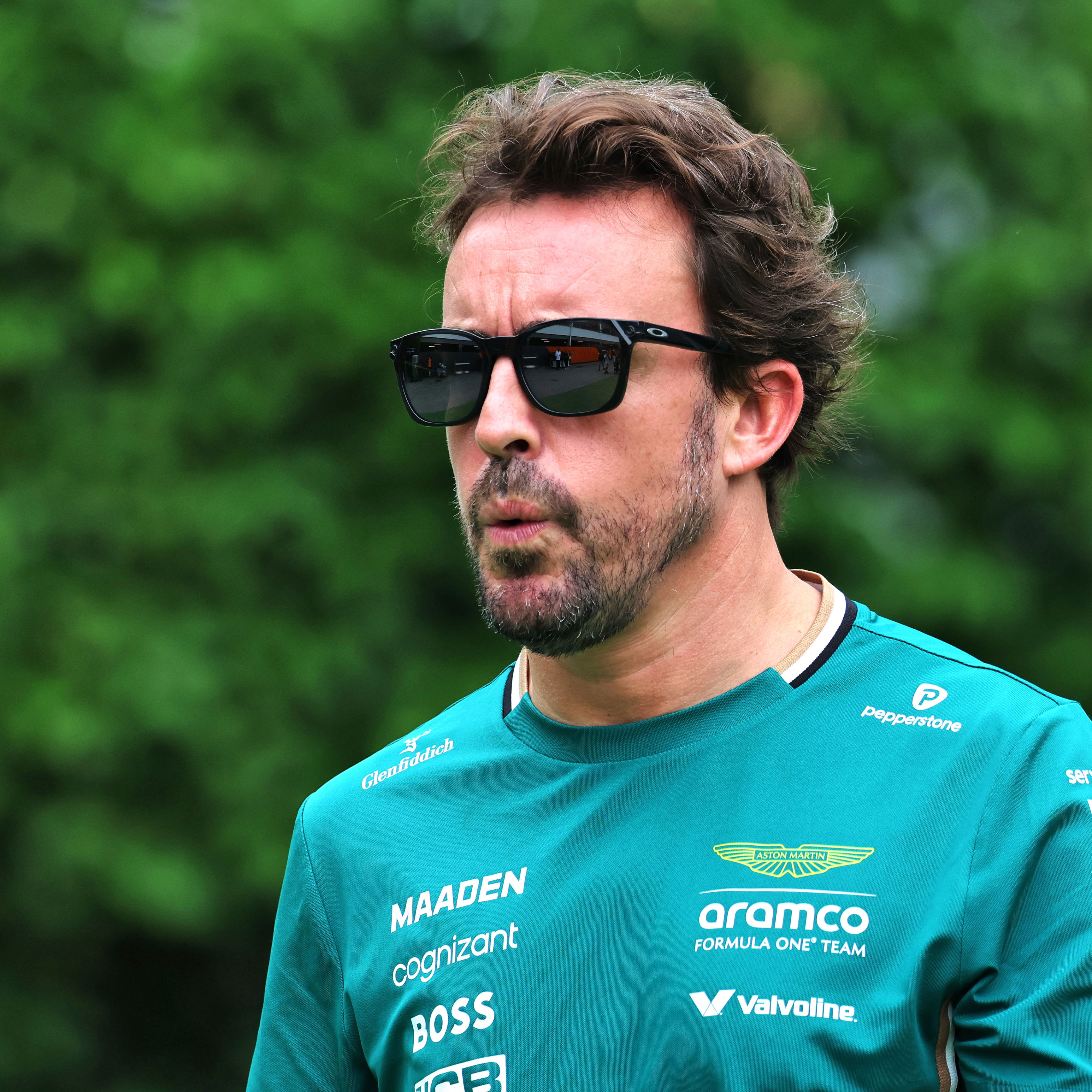How Lewis Hamilton plans to put his ‘DNA’ in 2026 Ferrari F1 car
Lewis Hamilton wants to put his own characteristics into Ferrari's 2026 F1 car.

Lewis Hamilton says he is working hard to ensure Ferrari’s 2026 F1 car is better suited to his driving style.
Seven-time world champion Hamilton has endured a difficult start to life at Ferrari since completing a blockbuster transfer from Mercedes over the winter, and has found his adaptation to the SF-25 challenging.
Hamilton has largely been outperformed by teammate Charles Leclerc with the 40-year-old Briton struggling to feel connected to Ferrari’s 2025 challenger, though recent progress has been made.
With Ferrari’s title hopes realistically over, attention is already switching towards the 2026 car and F1’s rules reset, which features major changes to aerodynamics and the power unit.
And Hamilton is determined to work his own “DNA” into Ferrari’s 2026 car.
“Charles and the team found a way to make the car work. I’ve tried all the other directions that should work, but they just don’t for whatever reason,” Hamilton told media including Crash.net at Silverstone.
“So gradually I’ve gotten closer and closer to how Charles sets up the car. Last week [in Austria] was when I got the closest, and our race pace was also the most similar. But it's still difficult. It’s a tricky balance, and the driving isn’t comfortable.
“So I’m working with Loic [Serra] and with all the guys at the factory to make sure that the next car will have naturally some of my DNA in it. And hopefully we’ll be able to get some of the characteristics that I’m hoping to have in it for next year.”
Ferrari urged to listen to Hamilton
Italian media have been ramping up the pressure on Ferrari to pay closer attention to Hamilton’s feedback in response to their disappointing first half of the 2025 season.
Deputy team principal Jerome d’Ambrosio insisted Ferrari are listening to their drivers and revealed both Hamilton and Leclerc are putting in “very similar requests” about what they want from the car.
“We listen to the drivers’ input, not just one driver, both,” the Belgian said. “It’s actually interesting, because during factory meetings, it often turns out the drivers arrive at very similar requests, conceptually, about what they need from the car.
“We try to take that into account. Of course, part of development is simply about bringing a package that maximises downforce and performance. But there’s also a lot that can be done to give the drivers the right tools and conditions to work, and to make sure they can adapt the car as much as possible to their driving style.
“There are two phases, and I don’t think they’re entirely separate. Generally, there are overall balances in the car that generate performance. Then there’s a second phase involving the details – a phase where you absolutely must listen to the drivers.”












